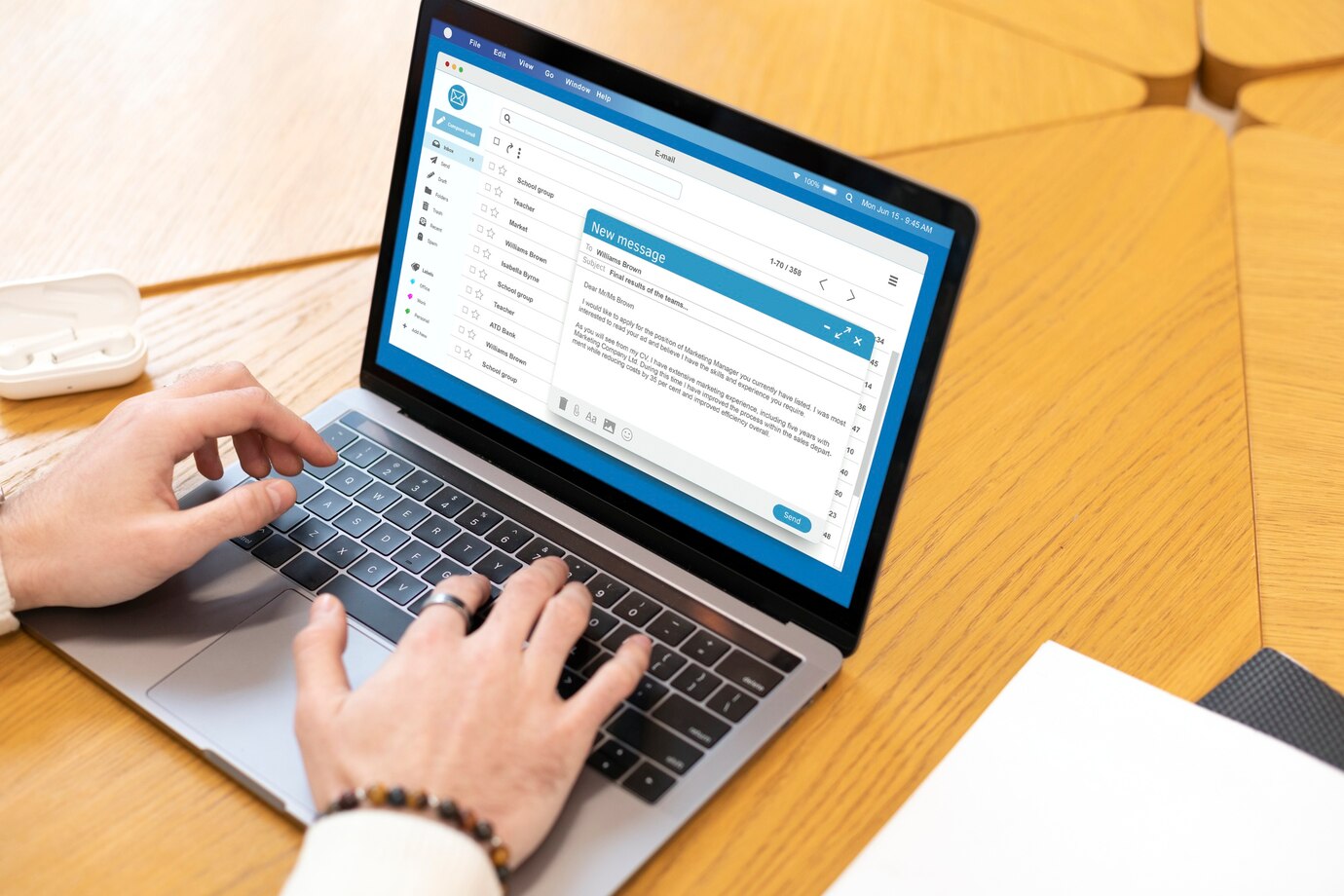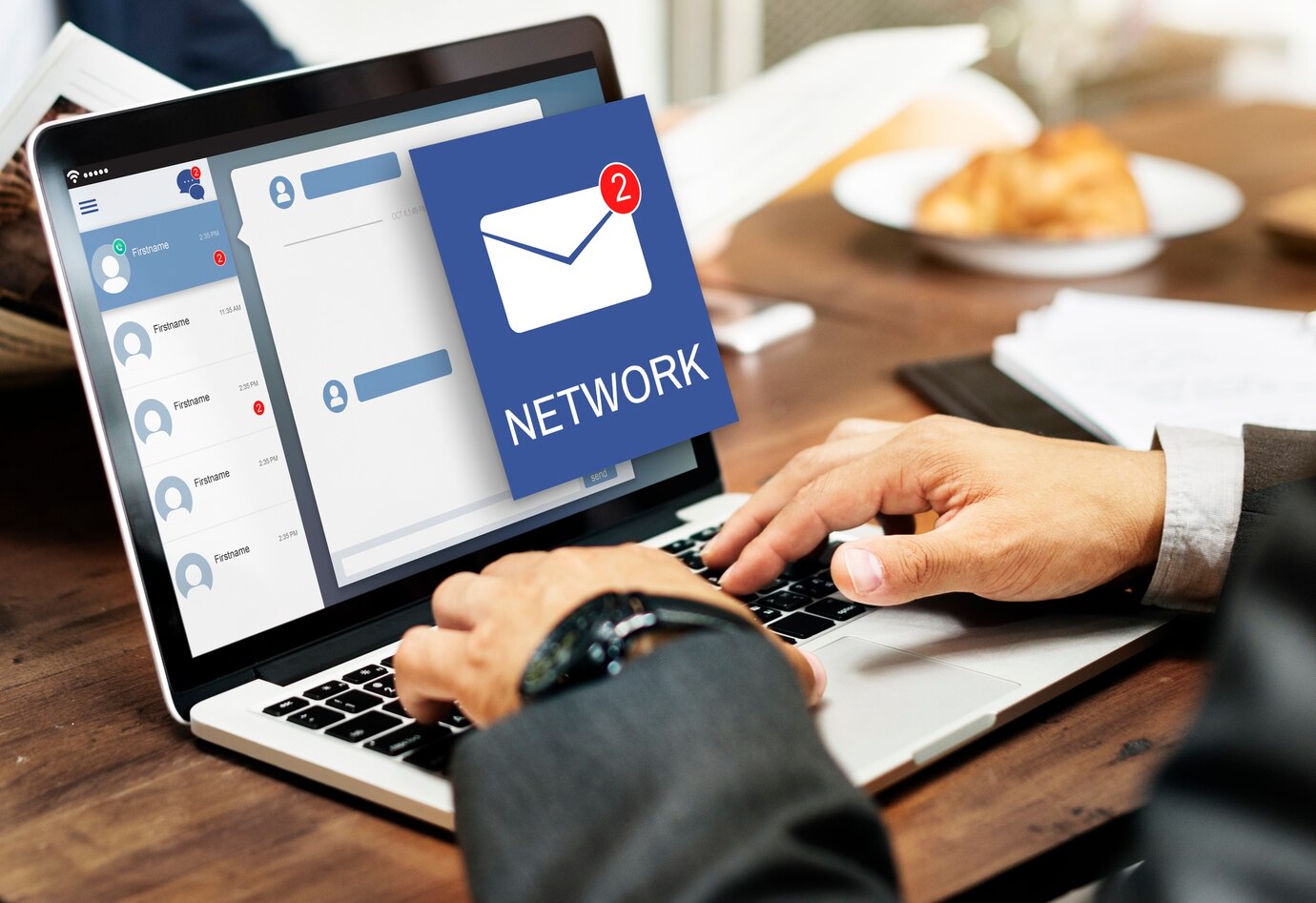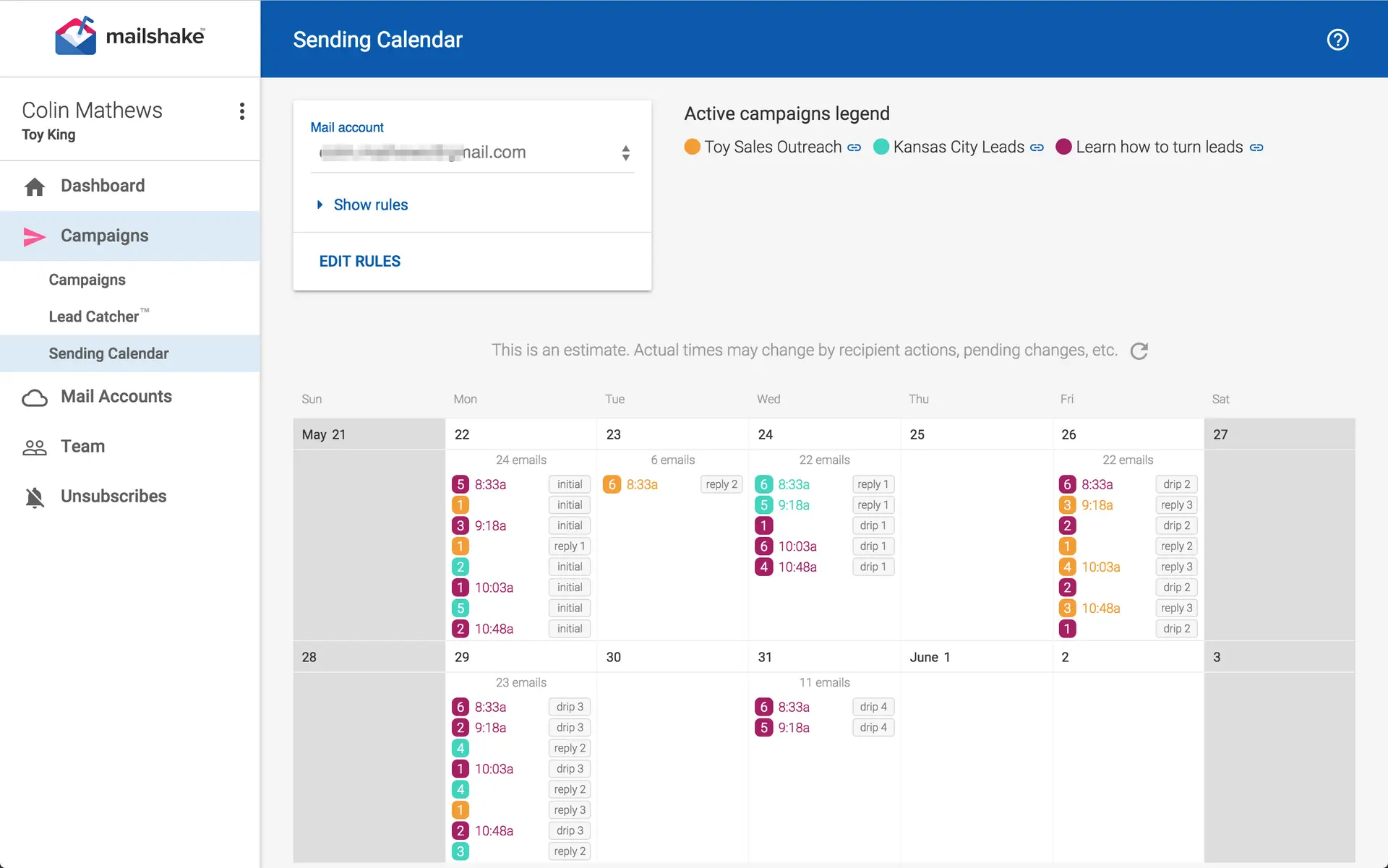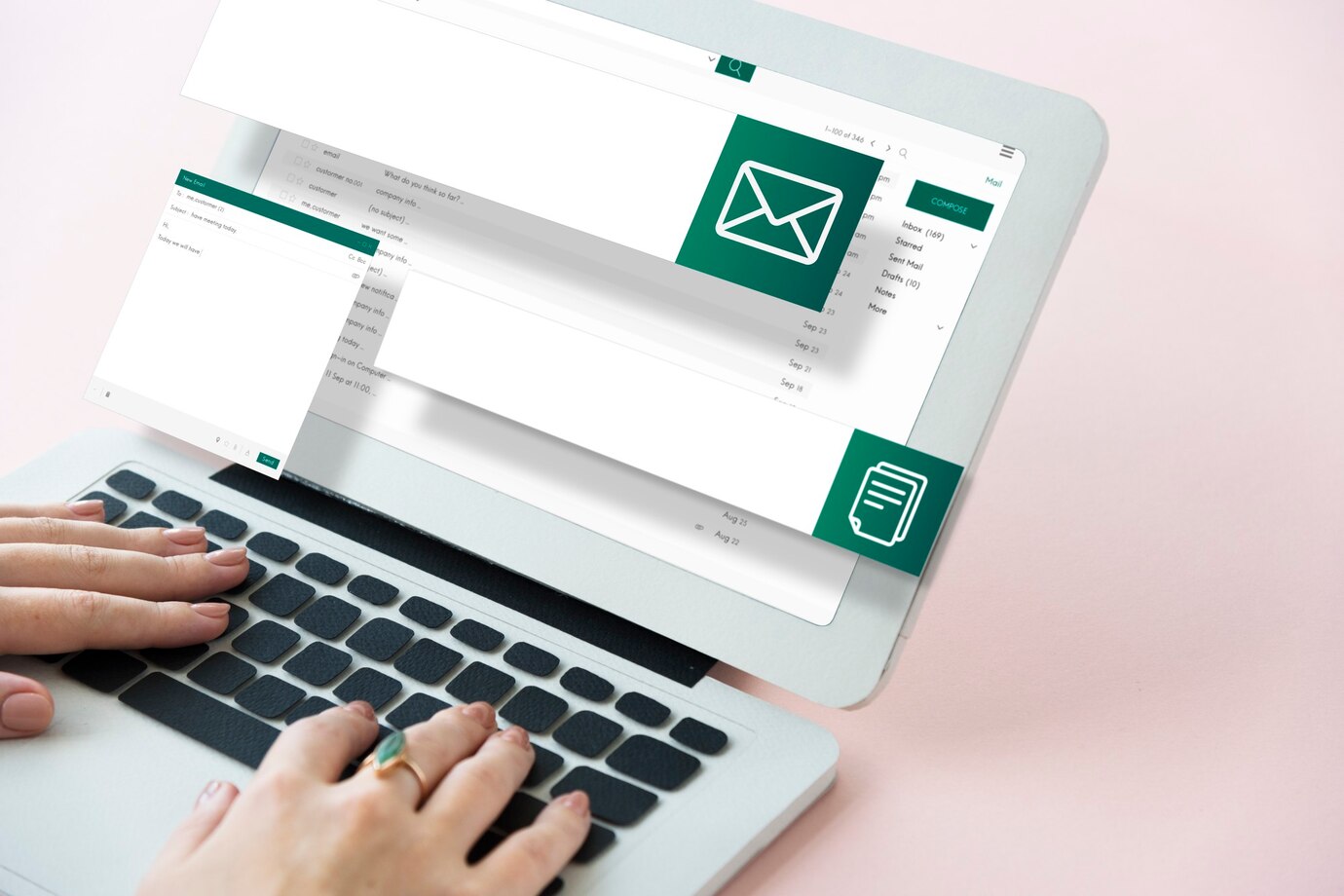
Email Outreach Strategies to Land More Freelance Work
Email outreach is still a top way for freelancers to get new clients. While platforms like LinkedIn and Upwork have their place, a well-crafted email can bypass the noise and speak directly to decision-makers. The problem? Most freelancers either don’t know how to write an effective cold email or give up after a few unanswered attempts.
Mastering email outreach is essential to secure high-paying freelance gigs consistently. In this guide, we’ll cover effective cold email strategies. We’ll share top email templates for freelancers. Plus, you’ll learn to pitch to clients without being pushy or desperate.
1. Why Email Outreach Works for Freelancers

Email outreach lets you target potential clients directly, bypassing gatekeepers and crowded freelance platforms. Unlike social media, where algorithms control visibility, emails land directly in your prospect’s inbox — giving you a direct line to decision-makers.
Benefits of Email Outreach
- Direct and personal – You can tailor each email to the client’s needs.
- Scalable – Once you develop a solid template, you can adapt and send it to multiple prospects.
- Cost-effective – Email outreach requires little to no financial investment.
- High ROI – Studies show that email marketing generates an average ROI of £32 for every £1 spent.
A strategic email outreach campaign can help you secure high-paying freelance work faster than relying solely on job boards or social media.
2. How to Build a Targeted Client List
Before sending a single email, you must know who you’re targeting. Casting too wide a net leads to low response rates and wasted effort.
How to Identify Potential Clients
- LinkedIn – Search for decision-makers in industries that need your services.
- Example: If you’re a freelance copywriter, target marketing managers and content directors.
- Company websites – Look for businesses that clearly need help with your expertise.
- Competitor analysis – Research clients working with other freelancers in your niche.
- Industry events and webinars – Collect contacts from networking events and online conferences.
Pro Tip
Use tools like Hunter and Snov to find verified email addresses for your target prospects.
Focus on quality over quantity — a list of 50 highly relevant prospects is more valuable than 500 random contacts.
3. Crafting the Perfect Cold Email
A cold email should be personal, concise, and value-focused. Your goal is to get the prospect’s attention, build interest, and invite a conversation — not to close the deal immediately.
Structure of an Effective Cold Email
- Subject line – Short, clear, and intriguing.
- Opening line – Personalised to show you’ve done your research.
- Value proposition – Explain how you can solve their problem or deliver a benefit.
- Call to action (CTA) – Make it easy for them to reply or book a call.
Example Subject Lines
- “Quick question about your content strategy”
- “Loved your recent article — quick thought”
- “Increase your customer retention with this simple fix”
Example Cold Email Template
Subject: Quick question about your content strategy
Hi [Client’s Name],
I came across [Company Name] and was impressed by [specific project, article, or detail]. It’s clear that you have a strong brand presence, but I noticed that [mention a specific problem or improvement opportunity].
I specialise in helping companies like yours [solve that problem]. For example, I recently helped [similar company] increase their [metric] by [specific result] within [timeframe].
Would you be open to a quick 15-minute call to discuss how I could help you achieve similar results?
Best regards, [Your Name] [Your Website/Portfolio Link]
Keep it under 150 words. Focus on the client’s needs, not your services.
4. Follow-Up Strategy That Works
Most prospects won’t reply to the first email — and that’s normal. The key to successful email outreach is consistent and strategic follow-ups.
How to Structure Follow-Ups
- First follow-up (2–3 days) – Briefly remind them of your previous email and add extra value (e.g., a case study or relevant insight).
- Second follow-up (5–7 days) – Keep it polite but direct. Offer to adjust your approach based on their needs.
- Final follow-up (7–10 days) – Close with a “no pressure” message, leaving the door open for future contact.
Example Follow-Up Template
Subject: Following up on my last email
Hi [Client’s Name],
I wanted to follow up on my last email about [specific problem]. I understand you’re busy, but I’d happily share a quick strategy that could help [specific benefit].
Let me know if you’d be open to a short call next week.
Best regards, [Your Name]
Persistence matters — 80% of sales require at least five follow-ups.
5. Using Email Sequences to Scale Your Outreach

Once you’ve found a winning formula, you can automate your outreach using email sequences. This allows you to scale without losing the personal touch.
Recommended Email Tools
- Mailshake – Automates outreach while personalising messages.
- Lemlist – Great for cold email campaigns with advanced tracking.
- GMass – Ideal for Gmail users to send bulk personalised emails.
Example Email Sequence
- Initial email – Focus on the value proposition.
- Follow-up #1 – Highlight additional benefits or share a case study.
- Follow-up #2 – Offer a specific solution or invite a call.
- Final email – Leave the door open for future contact.
Automated sequences save time but maintain personalisation for better response rates.
6. Avoid Common Cold Email Mistakes
Even the best outreach strategies fail if you make rookie mistakes.
Common Mistakes to Avoid
- Too much focus on yourself – Focus on the client’s needs, not your background.
- Lengthy emails – Keep it concise (under 150 words).
- Generic messages – Personalise each email.
- Lack of CTA – Always include a clear call to action.
- Spamming – Avoid sending too many emails too quickly.
7. Measuring and Improving Your Email Outreach Performance
You need to track performance and adjust your email outreach strategy.
Key Metrics to Track
- Open rate – Aim for 30–50% (indicates subject line effectiveness).
- Reply rate – Aim for 10–20% (indicates email quality and relevance).
- Conversion rate – Aim for 5–10% (indicates how well you’re closing deals).
How to Improve Results
- Test different subject lines and opening hooks.
- Adjust your value proposition based on client feedback.
- Experiment with different sending times and follow-up cadences.
Consistent testing and optimisation will improve long-term success.
Master Email Outreach: Win More Freelance Clients!

Cold email outreach is a powerful tool for freelancers. However, it requires a smart strategy. To turn cold leads into high-paying clients, send personalised emails, offer precise value, and follow up regularly.
Make a list of 20 potential clients. Then, send your first personalised email today. Want more tips on how to pitch to clients via email and improve your response rates? Subscribe to our blog for more expert advice!


